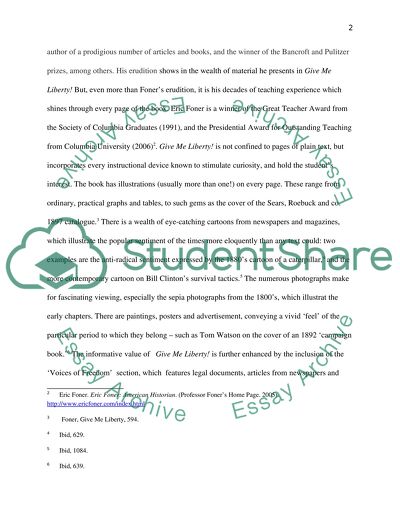Cite this document
(“Analysis of Eric Foners Give Me Liberty An American History: Volume 2 Essay”, n.d.)
Retrieved from https://studentshare.org/literature/1400195-analysis-of-eric-foners-give-me-liberty-an-american-history-volume-2
Retrieved from https://studentshare.org/literature/1400195-analysis-of-eric-foners-give-me-liberty-an-american-history-volume-2
(Analysis of Eric Foners Give Me Liberty An American History: Volume 2 Essay)
https://studentshare.org/literature/1400195-analysis-of-eric-foners-give-me-liberty-an-american-history-volume-2.
https://studentshare.org/literature/1400195-analysis-of-eric-foners-give-me-liberty-an-american-history-volume-2.
“Analysis of Eric Foners Give Me Liberty An American History: Volume 2 Essay”, n.d. https://studentshare.org/literature/1400195-analysis-of-eric-foners-give-me-liberty-an-american-history-volume-2.


